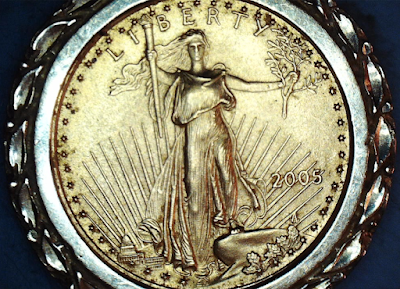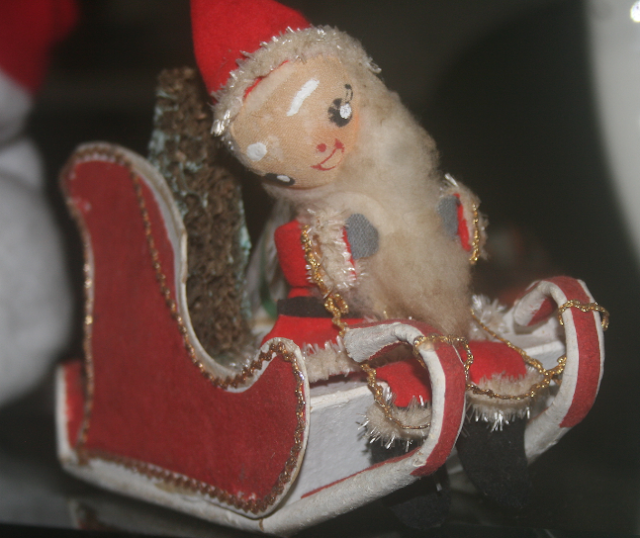Written by the Treasureguide for the exclusive use of the Treasure Beaches Report.
 |
| Park and Tilford Vintage Lipstick Advertisement. Source: Etsy. |
Mitch King provided the answer to my recent mystery object. The object is a lipstick holder from the Park and Tilford company from the 1940s. You can see the advertisement above. The case was originally painted, but none of the paint remained.
Here is a link ome history on the company.
Park & Tilford was founded in 1840 as a retail shop and importer of luxury goods. Founders Joseph Park (1823-1905) and John Mason Tilford (1815-1891) had met while serving as clerks with the grocery firm of Benjamin Albro. The company was founded with capital from their pooled savings. Financial caution continued to be their theme during their lifetimes.
In addition to being exclusive importers of luxury French perfumes, Park & Tilford became active in the distillation and sale of whiskey, owning or having shares in several U.S. distilleries. Later in its history, Park & Tilford was purchased by David A. Schulte who operated a large chain of cigar stores....
Park & Tilford (perfumeprojects.com)
You can get a good idea of what the people along the Treasure Coast were doing and what they were like from the things that were left along the river. This is one more example.
Thanks Mitch!
----
At the end of a year, it is common to look back. First, I looked to see which of this year's posts were read the most. Older posts have a big advantage because they've been out there longer and people coni posted earlier in the year, because people continue to read them as long as they are out there. It is rare for a new post to be able to be read as much as an older post.
I was a little surprised to learn which post of this year was read the most. It wasn't one of the posts from early in the year. It was posted in August. The most read post of the year was the post providing an introduction to signal detection theory as it applies to metal detecting. Here is the link.
When I made that post I was afraid that it might be a little too academic, so I'm glad the post was appreciated, and I might do a little more of that sort of thing.
When I looked back another year to include 2020, it was obvious that November of 2020 was an active time for detectorists on the Treasure Coast. Eta came came through in November and there were a lot of good finds made in that month. Metal detecting conditions were good and a lot of good finds were made. Good conditions and good finds creates a lot of interest and activity.
The top post of 2020 was the following post.
In fact, 8 of 10 of the most read posts of the last two years came from November of 2020. The finds included some that are pretty rare, such as silver splash ingots and coins from the 1500s.
The most read Treasure Beaches post of all time, with many thousands of reads, goes back to 2010. The Treasure Beaches Report Direct From Florida's Treasure Coast.: 11/20 Report - 16th Century Gold Pendant Found by Metal Detector I'm sure it was helped along by a CNN Travel section article that mentioned the blog so it had a big advantage in attracting viewers.
The original TreasureBeachesReport.blogspot.com site got way too big, and I can't get all the stats that I'd like to get. It takes forever to go back and check the early years of the blog.
---
Happy New Year Wishes to all.
Treasureguide@comcast.net














































